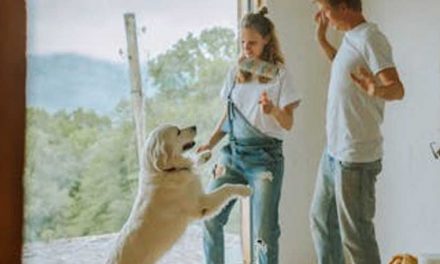Understanding your dog’s body language and facial expressions is a vital element of successful dog training.
Dogs communicate primarily through body language, making it essential for dog owners to interpret these often subtle cues correctly.
A wagging tail represents arousal
A wagging tail, for instance, may not always signal happiness; it can denote a range of emotions, from excitement and enjoyment to anxiety and fear.
Similarly, a lowered tail may imply submissiveness or fear, while a rigid, upright tail often signals alertness or potential aggression.
FACE TO FACE
Facial expressions also provide crucial insights into a dog’s emotional state.
For example, a relaxed, open mouth usually signals contentment, while tight, pulled-back lips can indicate stress or discomfort.
Ears are equally expressive; pricked ears often denote focused attention, while flattened ears may show fear or submissiveness.
ALWAYS LEARNING
However, interpreting your dog’s body language and facial expressions is not a one-way street.
Your dog is also continually observing and learning from your behaviors.
Dogs are incredibly adept at picking up subtle signals from their human companions, making it absolutely crucial for you to be mindful of your own body language and facial expressions during training sessions.
For instance, maintaining a calm, confident demeanor can help your dog feel secure and open to learning.
On the other hand, excessive excitement or agitation on your part may inadvertently stress your dog, hindering the training process.
IN CONCLUSION
Effective dog training relies heavily on a keen understanding of canine body language and facial expressions.
As a caring dog owner, taking the time to learn and understand these non-verbal cues can greatly enhance your bond with your furry friend and make the training process smoother and more enjoyable for both of you.
Remember that this is a reciprocal relationship – as you learn to understand your dog’s language, your dog is also learning to understand yours.








